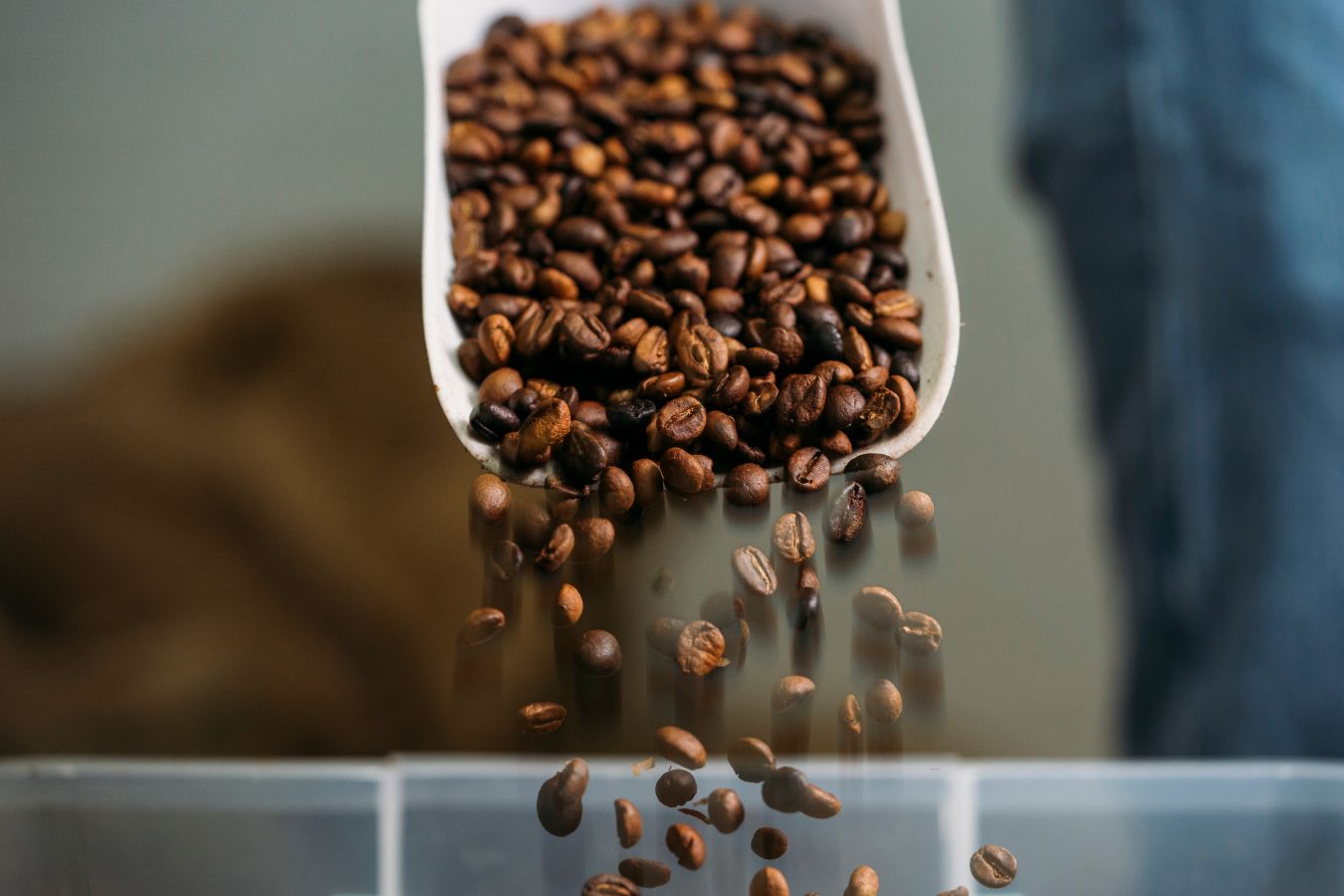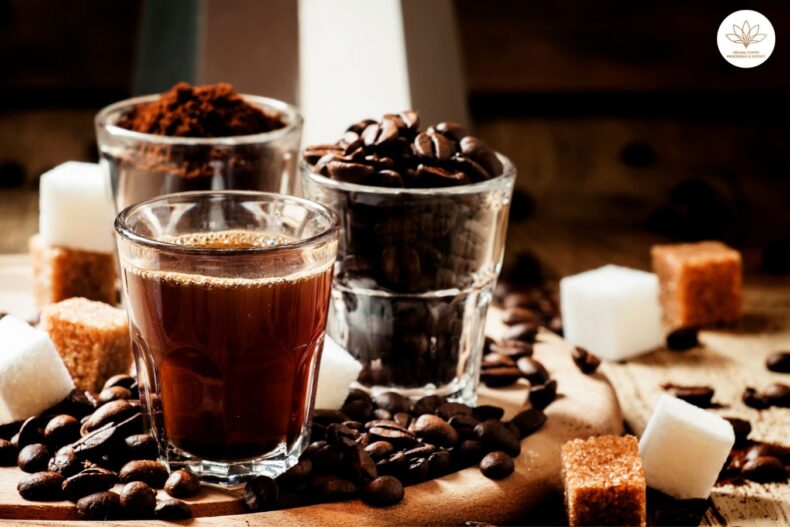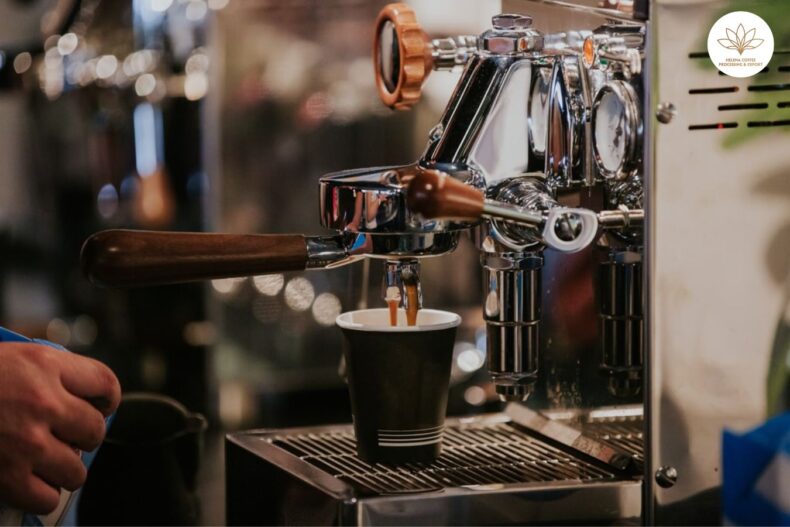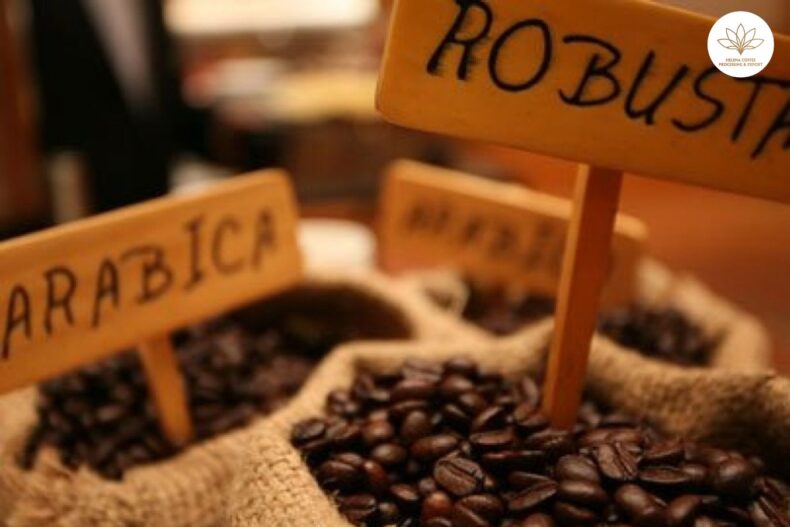
Because green coffee is more stable than roasted beans, it is roasted near to where it will be consumed, coffee is at its finest when consumed within a month of roasting. Drum roasters and hot-air or uid-bed roasters are the two most prevalent types of machinery used for roasting. Let Helena learn about TYPES OF COFFEE ROASTERS
ROASTERS OF DRUM
Drum roasters, which were invented around the turn of the century and can roast at slower speeds, are popular among craft roasters. A metal drum revolves above the game, constantly moving the coffee beans during the roasting process to provide even roasting.
ROASTERS WITH A TANGENT
Tangential roasters, made by Probat, are comparable to giant drum roasters, but they include internal shovels that equally mix the coffee during heating, allowing a larger quantity to be roasted properly. Although the capacity is similar to that of a large drum roaster, this model is capable of higher roasting speeds.
COFFEE BUYING AND STORAGE
There’s no way to guarantee that you’ll get wonderful coffee every time you buy a bag. However, there are a few things to keep in mind, starting with where you shop and finishing with how you store your coffee, that will improve your odds of getting a great cup of coffee.
Most people buy their coffee in a supermarket, but there are several reasons to avoid doing so, not least because the coffee on offer is not always fresh. However, arguably the most compelling reason to stay away is that
The sheer pleasure of purchasing coffee from a specialty shop outweighs the convenience of purchasing from a supermarket. Small businesses provide an opportunity to form a relationship with someone who is passionate about coffee and knows a lot about it. It helps when making a decision if you can obtain some advise and maybe drink a cup of coffee before making a purchase.
TRACEABILITY
There are tens of thousands of distinct coffee roasters, as well as hundreds of thousands of various coffee farm roasts. Not all of them will be good, and differences in pricing and marketing can make purchasing difficult. This book explains where coffee comes from, as well as how and why its origin influences its flavor. The best advise I can give is to buy coffee that can be traced as much as possible.
It is feasible to find coffee from a single farm or cooperative in many circumstances. However, not every coffee-producing country in the world can provide that level of traceability.
FRESH COFFEE GOLDEN RULES
Because everyone believes that freshly roasted coffee is superior, I would suggest the following:
- Purchase coffee with a clear roast date on the container. 2 Purchase coffee within two weeks of roasting.
- Purchase only enough coffee for a few weeks at a time.
- Purchase whole beans and ground them at home.
HOUSEHOLD COFFEE STORAGE
There is very nothing that can be done to stop the staling process once it has started. As long as you buy fresh coffee and use it within a reasonable amount of time, the impact on your cup of coffee should be minimal. There are, however, methods for storing coffee at home that will ensure that it is kept in the best possible shape.
- Store the coffee in an airtight container. If the bag can be resealed, make sure you keep it that way. Transfer the coffee to an airtight container, such as a plastic tub with a lid or one intended specifically for storing coffee, if the bag can’t be entirely resealed.
- Store the coffee in a cool, dark area. Coffee’s staling is accelerated by light, particularly sunlight. Place your coffee in a cardboard box if you keep it in a clear container.
PACKAGING IN SEALED FOIL
Triple-ply foil bags are sealed as soon as the coffee is packed to keep new air out while allowing carbon dioxide to escape through a valve. Inside these bags, coffee will stale more slowly, but once opened, the rate of staleness will rise. While this type of packaging is not yet recyclable, many specialty roasters choose it because it offers the optimum balance of cost, environmental effect, and freshness.
GAS-FLUSHED SEALED FOIL PACKAGING
This is the same as the above, with one crucial difference. During the sealing process, a machine flushes the bag of coffee with an inert gas such as nitrogen to expel any oxygen from the bag, as oxygen causes staling to occur. This type of packaging slows staling down the most, although once the bag is opened the staling process will start. Despite this being the most effective way to package coffee, it is not widely used due to the additional costs of equipment, process time and inert gas.


